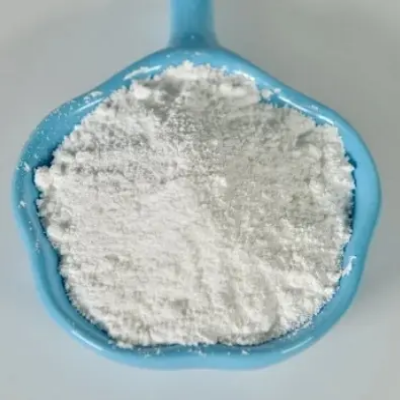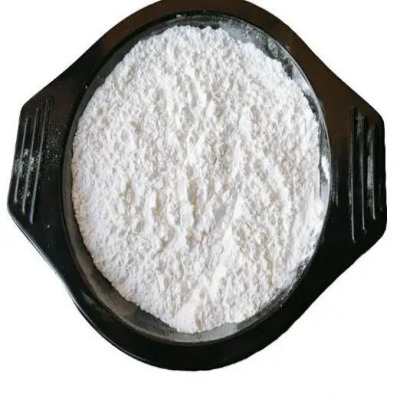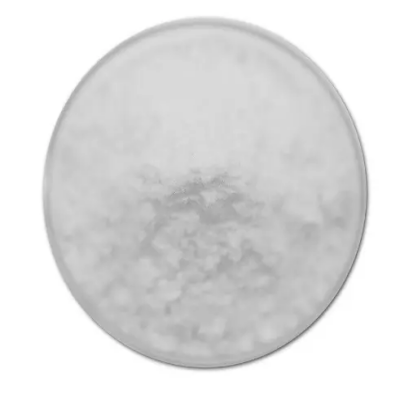Triisopropylsilane CAS:6485-79-6
Triisopropylsilane serves diverse roles in organic synthesis and chemical transformations due to its strong reducing properties and compatibility with a wide range of functional groups. Its applications include: Reduction Reagent: Triisopropylsilane is widely utilized as a highly effective and selective reducing agent in organic synthesis. It facilitates the reduction of various functional groups, including carbonyls (such as aldehydes, ketones, and carboxylic acid derivatives), imines, azides, and halogens. This enables chemists to perform precise and controlled transformations in the synthesis of complex molecules, pharmaceutical intermediates, and natural products. Hydrosilylation: In the field of organosilicon chemistry, triisopropylsilane participates in hydrosilylation reactions, where it serves as a source of hydride ions for the addition of silicon-hydrogen bonds across unsaturated carbon-carbon double or triple bonds. This process is widely used in the modification of organic compounds, the production of functional materials, and the preparation of specialty chemicals. Protective Group Chemistry: Triisopropylsilane is employed for deprotection of silyl ethers in organic synthesis. Silyl ethers act as protective groups for alcohols, and triisopropylsilane can selectively remove these protecting groups under mild conditions, allowing for the controlled manipulation of functional groups within complex molecular structures. Catalyst Application: It is used as a reductant or co-reductant in various catalytic processes and metal-mediated reactions. Triisopropylsilane can participate in tandem catalytic systems or serve as a sacrificial reductant, enabling the generation of reactive intermediates and facilitating the progress of catalytic transformations, such as cross-coupling reactions and hydrogenation processes. Pharmaceutical Synthesis: In medicinal chemistry and pharmaceutical manufacturing, triisopropylsilane finds application in the synthesis of drug candidates and pharmaceutical intermediates. Its ability to selectively reduce specific functional groups plays a crucial role in the construction of complex molecule structures, aiding in the development of new therapeutic agents and pharmaceuticals. In summary, triisopropylsilane is a versatile reagent that finds extensive use in the realm of organic chemistry, catalysis, and material science. Its role as a powerful reducing agent and its compatibility with diverse chemical transformations make it an indispensable tool for researchers and synthetic chemists working in academic, industrial, and pharmaceutical settings.






| Composition | C9H24Si |
| Assay | 99% |
| Appearance | white powder |
| CAS No. | 6485-79-6 |
| Packing | Small and bulk |
| Shelf Life | 2 years |
| Storage | Store in cool and dry area |
| Certification | ISO. |


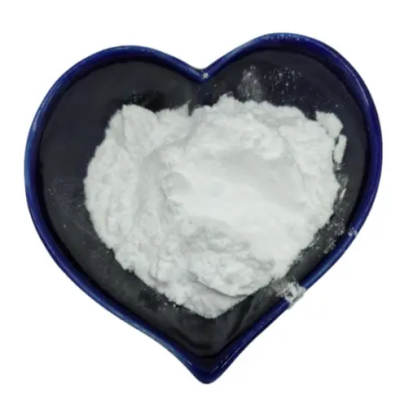
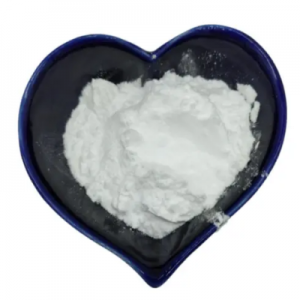
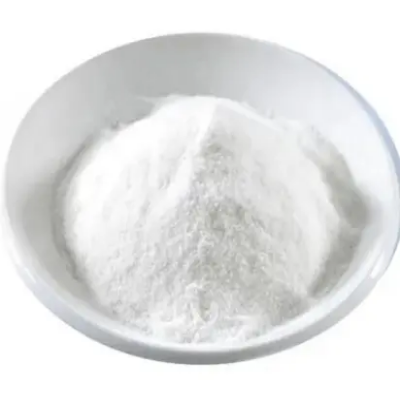
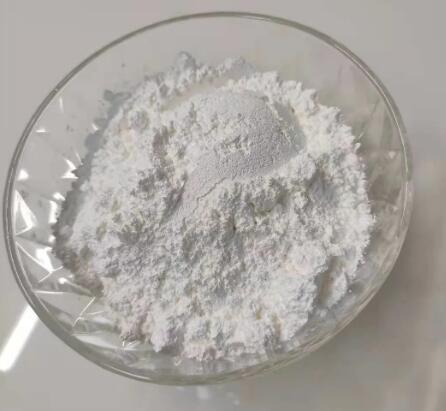
![5-[4-((3-Chloro-4-((3-fluorobenzyl)oxy)phenyl)amino)quinazolin-6-yl]-2-furaldehyde CAS:231278-84-5](https://cdn.globalso.com/xindaobiotech/EX52BD@LKE2K3YPT32.png)
